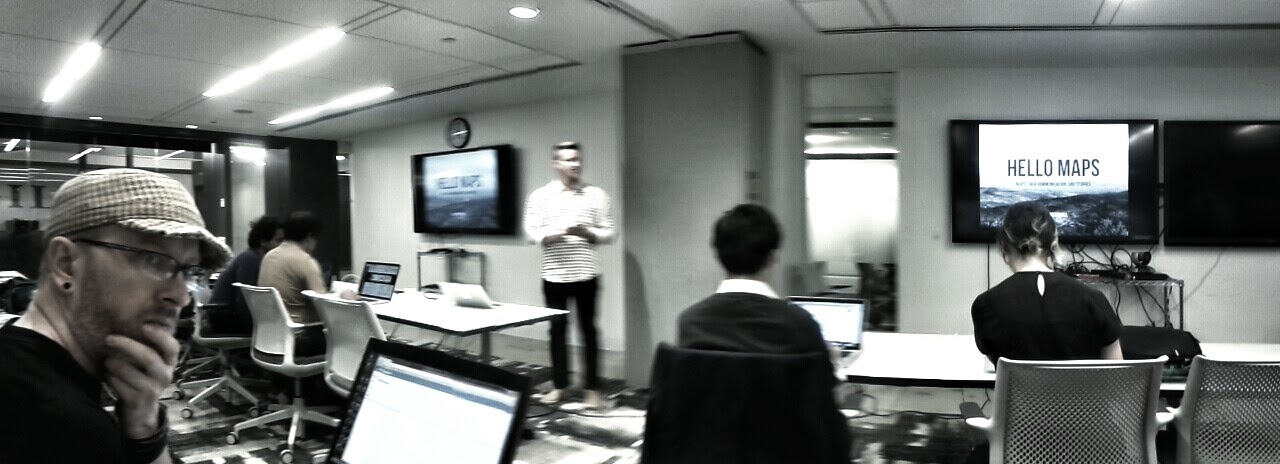Version differences via GitHub from the command line
I work with a lot of open source projects, and I use the command-line for almost everything. It often happens that I need to examine a file from a project, and thanks to bash, Github, and curl, I can do so easily, without even needing to have the repo handy. One of the things I do sometimes is compare a file across versions to see what has changed. For example, I needed to see what changes were made between versions 1.22 and 1.23 to the file includes/UserMailer.php which is part of the MediaWiki project. For this trick to work, the project must be on Github, and must label their versions in a consistent manner, either via git branches or git tags.
MediaWiki exists on Github as wikimedia/mediawiki-core. The MediaWiki project tags all of their releases in the format X.Y.Z, so in this example we can use the git tags 1.22.0 and 1.23.0. Github is very nice because you can view a specific file at a certain commit (aka a tag), and even grab it over the web as a plain text file. The format is:
https://raw.githubusercontent.com/PROJECTNAME/BRANCH-OR-TAG/FILENote that you can use a tag OR a branch! So to compare these two files, we can use one of these pairs: …
git mediawiki postgres shell
Class is in Session: CartoDB

A few weeks ago, some members of our Liquid Galaxy content team headed to Gilt which hosted a class on CartoDB.
Since we deal with location-based data for our work with Liquid Galaxy, it seemed like the ideal class to learn more about this popular geospatial mapping tool. CartoDB is a cloud-based solution for mapping where users can easily manage data and create maps with them. The true allure of CartoDB is its ability to produce beautiful visualizations, which is why it’s often referred to as the “Instagram of mapping”.
The platform is built on open source software including PostGIS and PostgreSQL. There is extensive use of JavaScript in the front end, and Node.js for the back-end APIs. CartoDB is packaged in a way where the user doesn’t need to have much coding experience, yet options still exist for those who want to go further with it using SQL and CSS.
Andrew Hill from CartoDB led the 4-hour class and provided us with a detailed summary of CartoDB’s origins, and its current wide use among companies like Twitter, the New York Times, and several nonprofit organizations. Every dataset uploaded becomes an API endpoint, and SQL processes and packages data any way you want and …
gis postgres
YAPC::NA 2014, Day Three (and wrap-up)
My final day at YAPC::NA (Yet Another Perl Conference, North American flavor) summarized below. (For Day Two and Day One, see the links.)
The conference organizers know their audience: day one started at 8 AM, day two at 9 AM, and the final day at 10 AM. (I took advantage of this lenient schedule to go for a swim in the hotel pool and grab a nice off-site breakfast.—Oh, dear, does my boss read this blog? :-)
I attended several medium-sized sessions during the day:
- Designing and Implementing Web Data Services in Perl
Michael McClennen, who programs for the Geology Department at the University of Wisconsin, outlined a flexible approach to providing an API to a complex data store. This supports a front-end used for displaying the location of fossils around the world, which is actually quite impressive. A typical URL for a data request looks like:
http://paleobiodb.org/data1.1/colls/summary.json?lngmin=-180&lngmax=180&latmin=-90&latmax=90&limit=all&show=time&level=3&interval_id=14
(The URL above is wrapped for our blogger format; there should be no whitespace anywhere in it.)
This identifies a specific version of the service (“data1.1”), so that any …
conference perl
Rails Performance with Skylight
Back at RailsConf, I met a couple of the creators of Skylight.io, a recently launched Ruby on Rails profiler. I was anxious to try it out after having unconvincing experiences with New Relic, but first I had to get through a pretty big upgrade of Rails 2.3 to 4.1 on H2O. I survived the upgrade and moved on to profiling.
Installation of Skylight.io was super simple and the installation screen provided real-time feedback during gem installation and configuration. The web-app had data to share within a minute or so. At the moment, Skylight offers a free month trial to get started, and paid plans after that month. Skylight reports metrics requests (referenced by controller#action) per minute and time per request and allows you to sort results by those metrics combined (Response time x Requests Per Minute = Agony), individually or alphabetically. The Agony-sorted option highlights methods that are candidates for the most impactful changes. One interesting note here is because our application uses full page caching, the requests recorded by Skylight do not include those static cached requests, so the Skylight data is a representation of the work the Rails application is doing to generate …
performance ruby rails
YAPC::NA 2014, Day Two
YAPC::NA 2014 (in Orlando, FL) continues after a brief interruption for sleep … see my previous post for the beginning of the story. And now, the exciting middle of our story:
This time I’m giving you a much less chronological treatment; instead, we’re starting with the biggest impression, then moving on to less gripping but still important items. Remember, all talks are available at YouTube.
Charles Stross on the Future of Perl
The second day concluded with a keynote speaker from another Perl celebrity, author Charles Stross. Stross is no stranger to me, as I’ve read a book or two from his published works. (Hearing him speak will prompt me add a few to my Amazon wish list.) Stross has worked as a programmer (or as he put it, “I have been paid to argue with computers”) but nowadays he is entirely a writer of science fiction (or, “I tell lies for money”).
His talk was a futurist’s view of the Internet of Things, computer programming, and Perl. He noted that most technologies (e.g., railroads) go through a kind of sigmoid curve, which in computer technology has been called “Moore’s Law”, but which Stross feels is about to be shown to be no longer in effect, due to physical …
conference perl
Liquid Galaxy Technology Showcase at Situation Interactive
Situation Interactive hosted its first Annual Tech Showcase on June 10th to continue its ongoing event series that promotes innovation through community collaboration.
End Point Liquid Galaxy was chosen to be one of three technology companies to show off its interactive display platform to Situation’s internal staff and a select group of clients. We were selected as a company that represents an exciting innovative technology. Our presentation focused on the various features of the Liquid Galaxy, including:
- Google Earth navigation with digital content overlays
- Panoramic photography and videos using krPano
- 3D modeling within Google Earth
- Customized tours
As you can see in the photos below, participants were able to view any part of Google Earth, pano photos, and even the interior of leading museums and coral reefs (as Google Street View expands beyond just the sidewalks).
This Tech Showcase gave us an opportunity to show off these new features of the Liquid Galaxy to potential partners and clients. We are always happy to work with our friends at Situation, who have been our longstanding clients for a few years now. We look forward to growing our relationships with other creative …
visionport
Laziness is a virtue
Laziness is a virtue. Blessed Saint Larry told me so. And yet I am of little faith …
Here I was, banging my head on the keyboard, trying to solve a vertical alignment issue. (The following is a bit simplified for presentation here.)
<td>
<ul class="floaty">
<li> Item 1</li>
<li> Item 2</li>
</ul>
<div class="sticky">
blah blah blah
</div>
</td>The <ul> element was supposed to float to the right of the cell, and its individual <li> elements also floated, so that the list would fill up from right to left as more items were added:
One item:
- 1
Two items:
- 1
- 2
Three items:
- 1
- 2
- 3
etc., while the “sticky” div was supposed to stay on the left. The challenge was when the div got too tall, or the number of list items caused it to wrap around to a new row; the vertical alignment to keep everything nice and centered is probably achievable in CSS, but I decided to be lazy:
<td style="vertical-align: middle">
<div class="sticky">
blah blah blah
</div>
</td>
<td style="vertical-align: middle">
<ul class="floaty">
<li …css html
Version 5 of Bucardo database replication system
Bucardo 5, the next generation of the async multimaster replication system, has been released. This major release removes the previous two source database limitation, allowing you to have as many sources (aka masters) and as many targets (aka slaves) as you wish. Bucardo can also replicate to other targets, including MySQL, MariaDB, Oracle, SQLite, MongoDB, and Redis. Bucardo has been completely rewritten and is more powerful and efficient than the previous version, known as Bucardo 4. You can always find the latest version here.
This article will show a quick demonstration of Bucardo. Future posts will explore its capabilities further: for now, we will show how easy it is to get basic multimaster replication up and running.
For this demo, I used a quick and disposable server from Amazon Web Services (AWS, specifically a basic t1.micro server running Amazon Linux). If you want to follow along, it’s free and simple to create your own instance. Once it is created and you have SSH’ed in as the ec2-user account, we can start to install PostgreSQL and Bucardo.
# Always a good idea:
$ sudo yum update
# This also installs other postgresql …bucardo database postgres replication mongodb mysql





